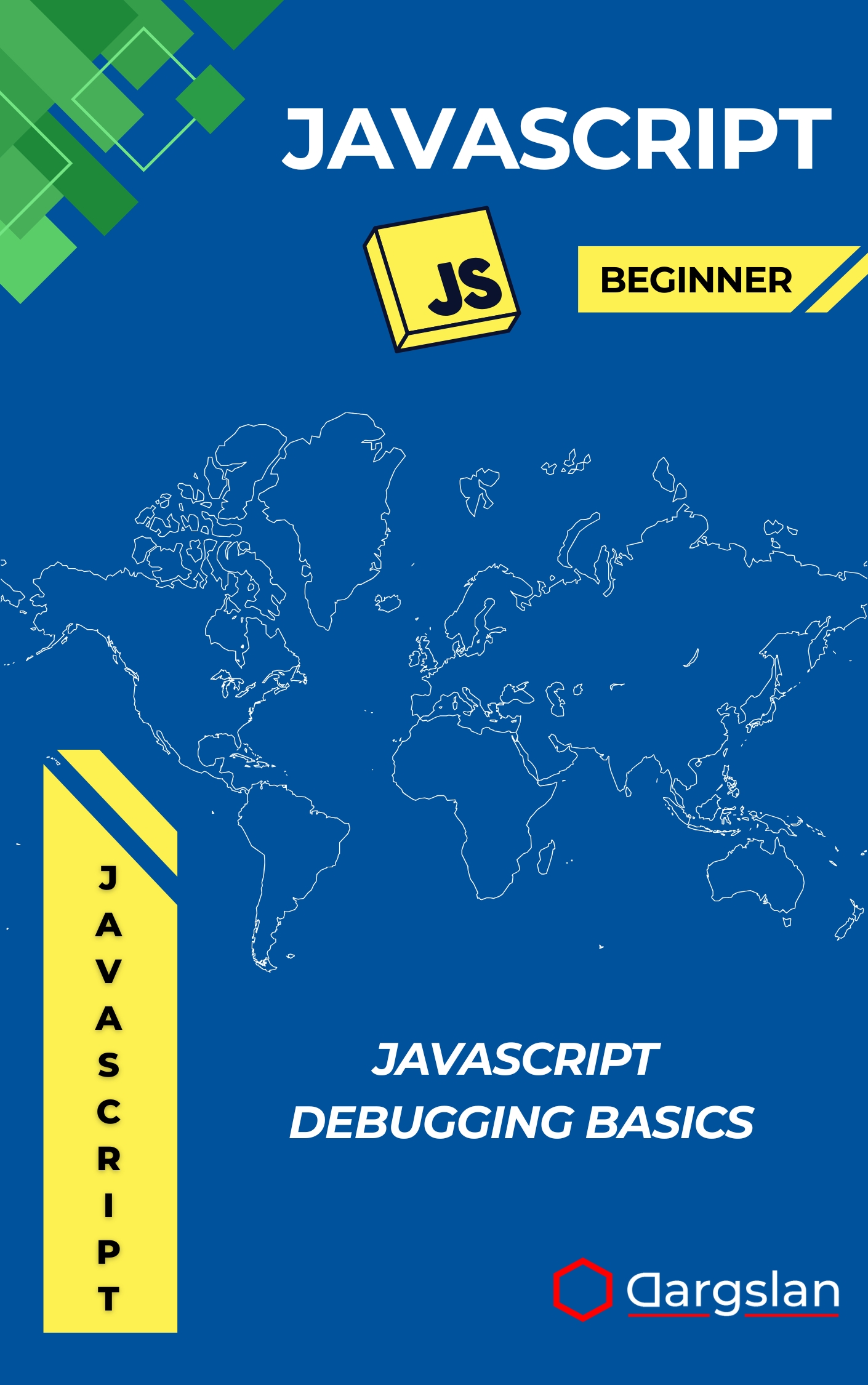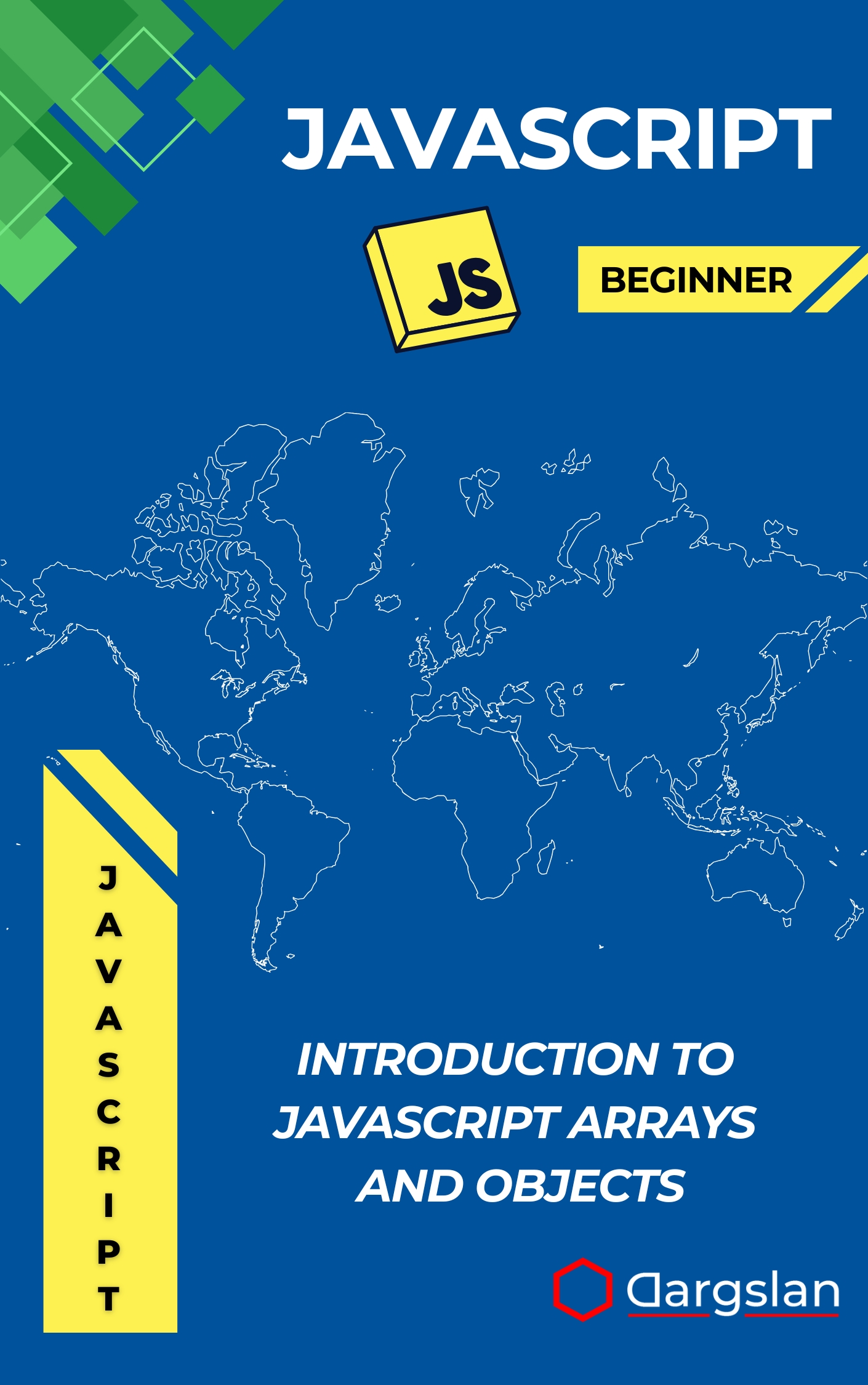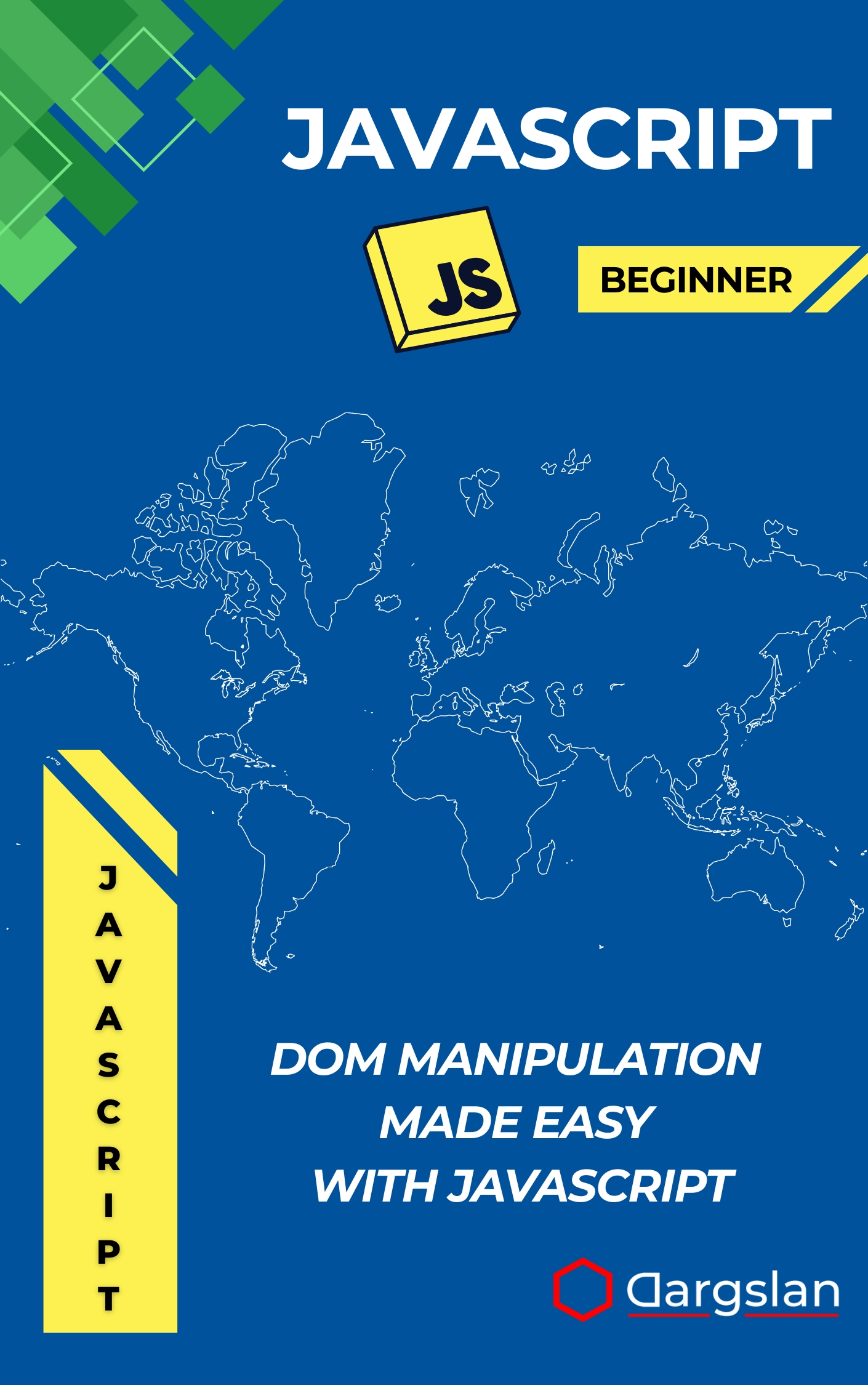JavaScript Debugging Basics
Python for Beginners: A Practical Introduction - Master Programming Through Real-World Examples,Learn Python programming with real examples and hands-on projects for beginners.

Stuck staring at a cryptic stack trace? This approachable, expert-crafted guide turns debugging from guesswork into a reliable process you can trust. Build confidence as you learn how to trace issues, test hypotheses, and fix JavaScript bugs quickly—without breaking what already works.
A Beginner’s Guide to Finding and Fixing JavaScript Errors with Confidence
Overview
JavaScript Debugging Basics is the ideal programming guide for anyone ready to move beyond trial-and-error and start solving problems with clarity. As an IT book and technical book for newcomers and self-taught developers, it delivers A Beginner’s Guide to Finding and Fixing JavaScript Errors with Confidence through practical explanations and hands-on techniques. You’ll explore JavaScript error types, improve error message interpretation, practice console debugging methods, and work step-by-step with Browser DevTools and VS Code debugging to master variable and function debugging, DOM debugging, event handling errors, object and array debugging, asynchronous code debugging, and performance debugging. Along the way, you’ll learn professional debugging workflows and develop a durable debugging mindset—turning frustration into fast, repeatable wins in JavaScript.
Who This Book Is For
- New JavaScript learners who want to decode errors faster and build momentum—gain the skills to understand what went wrong and how to fix it without guesswork.
- Bootcamp students and self-taught developers aiming for job-ready skills—learn structured techniques like breakpoints, call stack analysis, and console strategies that translate directly into professional projects.
- Working front-end and full-stack developers looking to sharpen their process—replace “spray-and-pray” logging with a confident, repeatable debugging system you can trust under deadlines.
Key Lessons and Takeaways
- Read error messages like a roadmap: interpret stack traces, identify root causes, and isolate failing lines quickly across modules, components, and async flows.
- Use the right tool at the right time: combine console debugging methods with Browser DevTools and VS Code debugging to inspect variables, step through functions, and verify assumptions.
- Debug the real web: fix DOM issues, event handling errors, and object and array bugs; diagnose asynchronous code debugging challenges with callbacks, promises, and async/await—without breaking working logic.
Why You’ll Love This Book
It’s practical, not theoretical. Every concept is tied to realistic examples—messy event handlers, off-by-one array mistakes, and race conditions you’re likely to encounter on real projects. You won’t just read about techniques; you’ll see how to apply them immediately.
The structure is friendly, incremental, and confidence-building. You’ll start with fundamentals—like JavaScript error types and error message interpretation—then progress into breakpoint strategies, watch expressions, and performance debugging. By the end, professional debugging workflows feel natural, not intimidating.
How to Get the Most Out of It
- Follow the chapters in sequence: begin with error basics, then move into console mastery, Browser DevTools, and VS Code sessions before tackling DOM debugging and asynchronous scenarios.
- Adopt a hypothesis-first mindset: when you see a bug, form a prediction, set strategic breakpoints, inspect variables and functions, and confirm or reject your assumption—repeat until the cause is clear.
- Do the mini-labs: reproduce a DOM event bug, trace an object property mutation, and fix a promise chain timing issue; then profile a slow loop to practice performance debugging in a controlled environment.
What You’ll Learn in Detail
Start by demystifying the most common JavaScript error types—ReferenceError, TypeError, SyntaxError—and learn how to extract meaning from their wording and locations. You’ll practice error message interpretation to spot patterns like undefined variables, incorrect imports, and scoping slips before they derail your progress.
From there, you’ll level up your console work. Go beyond basic console.log with console.table, console.group, console.time, and console.assert to format data clearly and validate assumptions. This makes noisy debugging output readable and actionable, even in complex codebases.
Next, dive into Browser DevTools. Learn to set conditional breakpoints, step into/over functions, inspect closures, and watch values change over time. You’ll use the Network and Performance panels to locate bottlenecks and diagnose issues that only happen under real browser conditions.
When you move into VS Code debugging, you’ll configure launch settings, attach to running processes, and use watch expressions and logpoints to debug without cluttering source files. This is where professional debugging workflows truly click into place for everyday development.
Dedicated chapters on variable and function debugging, object and array debugging, and DOM debugging give you repeatable patterns to isolate where state diverges from expectations. You’ll pinpoint off-by-one errors, incorrect reference mutations, and shallow vs. deep copy mistakes that can be painful to track.
Asynchronous code debugging gets the attention it deserves. You’ll unravel tricky timing issues in callbacks and promises, identify unhandled rejections, and use async/await with proper try/catch patterns. You’ll learn how to follow the event loop and recognize when race conditions or stale closures are to blame.
Finally, you’ll address performance debugging with real techniques: profiling hot paths, reducing layout thrashing, debouncing event handlers, and measuring improvements to ensure your fixes are both correct and fast. Throughout, you’ll cultivate durable debugging mindset development—asking better questions, testing precisely, and documenting what you learn.
Practical Scenarios You’ll Tackle
- Why does this click handler run twice? Trace event propagation, investigate bound listeners, and verify debounce logic.
- Why is this value undefined? Inspect scope, timing, and module imports to locate where data is lost or mis-referenced.
- Why did this promise never resolve? Follow async chains, surface hidden errors, and implement robust error handling.
- Why did the UI freeze? Use performance profiles to spot expensive loops, render thrashing, or unnecessary reflows.
Results You Can Expect
Fewer dead ends, faster fixes, and cleaner code. By combining console insights with DevTools and editor breakpoints, you’ll move from reactive patching to proactive investigation. You’ll also learn to avoid common pitfalls—like logging everything or changing multiple things at once—so each experiment yields clear signal.
Most importantly, you’ll build confidence. With structured techniques and a clear workflow, you’ll handle new bugs—no matter how unfamiliar the stack—by systematically narrowing the search until the cause is undeniable.
Get Your Copy
Ready to turn puzzling errors into solvable challenges and ship with confidence? Start building a dependable debugging process today.




